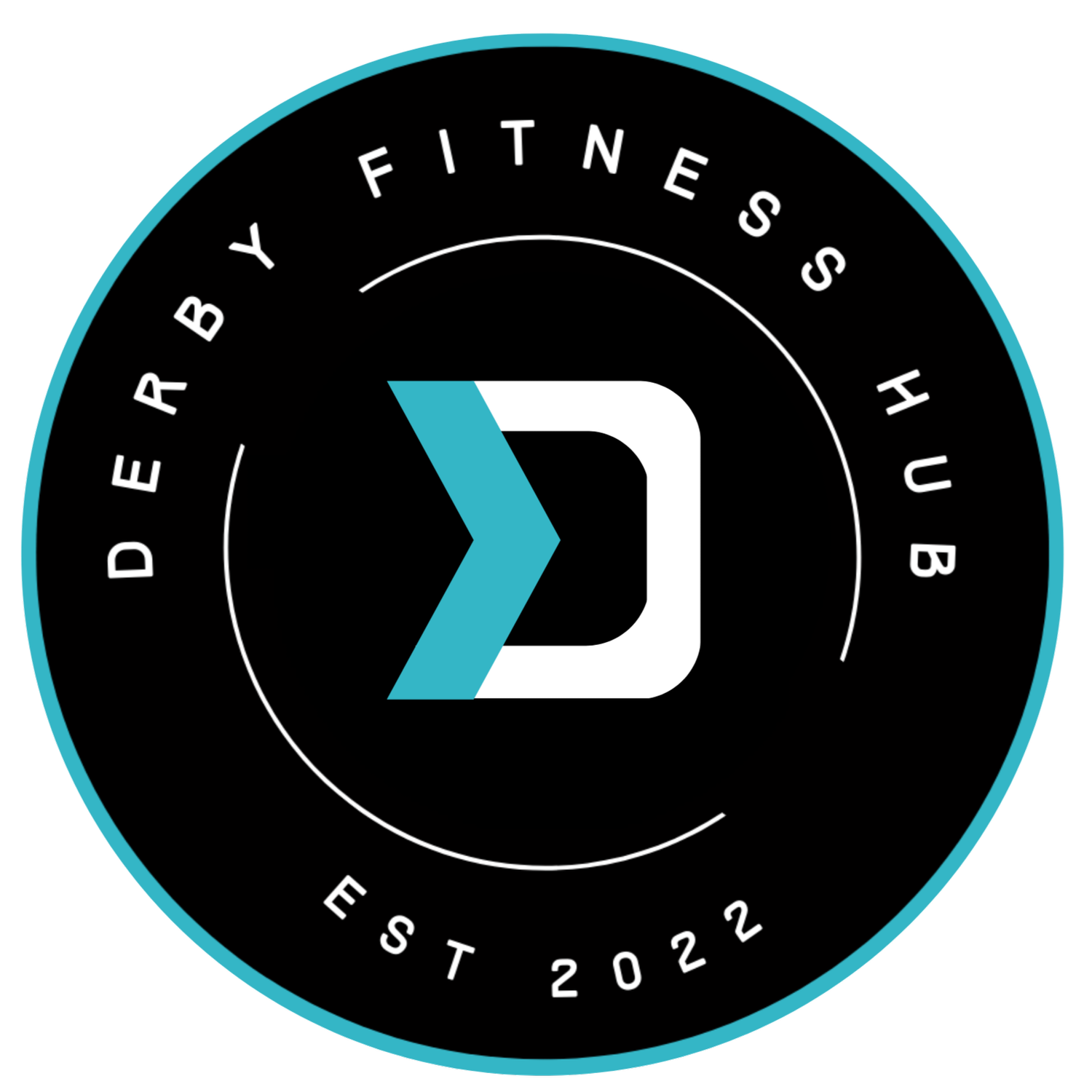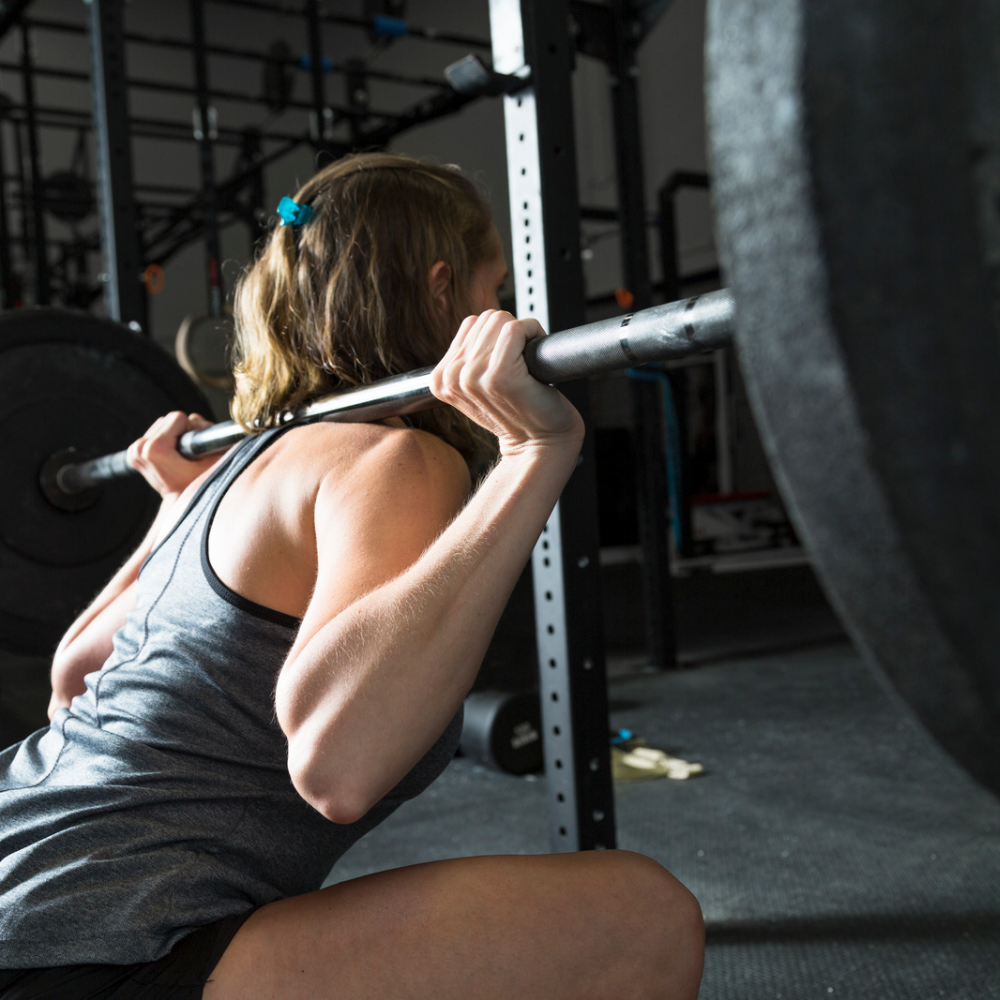How to Create your own effective workout
Ever felt overwhelmed when entering the gym ? Most people do and end up just sitting on the bike or cross trainer for fear of embarrassment or having little concept of how to effectively plan an appropriate workout. This is a real shame and unfortunately ends up deterring most people from consistently utilising their gym memberships.
So rather than rolling the dice and following the latest insta workout try this simple method for making sure that you devise an effective programme. Taken from Lloyd and Oliver’s physical development model the following methodology identifies several components which are required for all round athleticism. Anyone who regularly attends our classes will realise that we try and ensure that most, if not all of these competencies are covered in each block of training.
FMS - Are fundamental movement skills. Essentially we incorporate some of these into the warm up and main strength exercises. Coordination, balance and locomotion are all examples of FMS.
Lower Body Bilateral - Squats, Deadlifts and derivatives are covered in this section. Basically the building blocks of lower body strength.
Lower Body Unilateral - Lunges, Split Squats, step ups where one leg is working independent of the other.
Upper Body Pulling - Pull Ups, Rows (Single arm, both arms), Face Pulls, Pull Downs etc for developing back strength.
Upper Body Pushing - Press Ups, Bench Press, Overhead Press. Anything that involves the chest and anterior (front of ) shoulders are included here.
Trunk Conditioning - All of your accessory core work is included here. Try and include a mix of rotational, anti rotational (resisting the rotational forces such as a pallof press), Extension, anti extension (dead bugs), flexion and anti flexion (isometric extensions).
Plyometric - In small doses these are jumping, rebounding, landing and rapid change of direction exercises. Important for developing strength and stiffness (in a good way) in the muscular and tendinous capacities of the lower leg.
Speed and Agility - Rapid acceleration and deceleration and change of direction.
Adapted from Lloyd and Oliver (2012)
So practically how do I plan a workout ?
Well if you are only able to commit to one strength or gym sessions per week I would recommend including some of all of these in your workout (apart from speed and agility unless you need these for a specific sport) For example;
Warm Up - FMS and elements of Trunk conditioning. The warm up should be specific to what you are going to be working on in your main strength block. For example if you are going to be squatting then some for of squat movement should be included in your warm up.
Main Strength - Super Setting Lower Body Bilateral with Upper Body Pushing or Pulling. Do this for 2 or 3 Main exercises and perform 3 sets of each exercise.
Trunk Core conditioning
If you can commit to multiple sessions per week then you can start to focus on movements or body parts. For example;
Main Strength - Super Set 3 Lower Body hinging or pulling movements with 3 Upper body pushing movements.
What order should I do the exercises ?
After your warm up perform the most complex and fatiguing (both neurally and physically) at the start of the workout. Movements which are multi joint (squats, lunges, deadlifts, olympic lifting etc) and involve several major muscle groups should be performed first then later on less complex and single joint movements.
How many repetitions and sets should I perform ?
Really for most people this really doesn’t matter as much as you may think. The key is being consistent with your training and turning up week in week out. Whether you go lighter for more reps or heavier for less reps will not make a huge difference overall. For beginners I would always try and acquire a higher number of lighter repetitions such as to grease the groove and ingrain a consistent movement pattern. If you initially go heavy you may compromise decent technique. Once you have been able to perform the movement consistently then drop the repetitions and increase the load.



